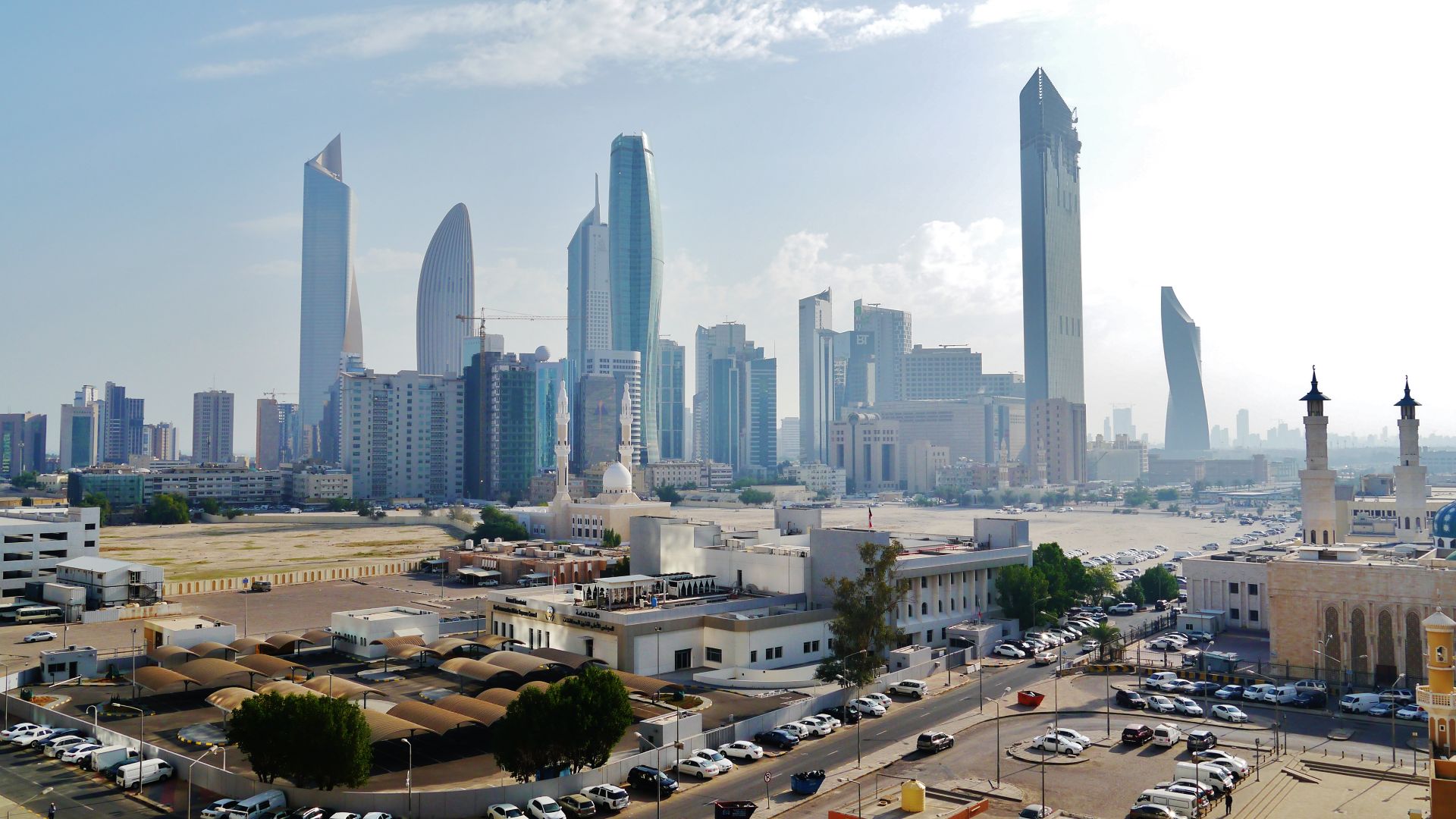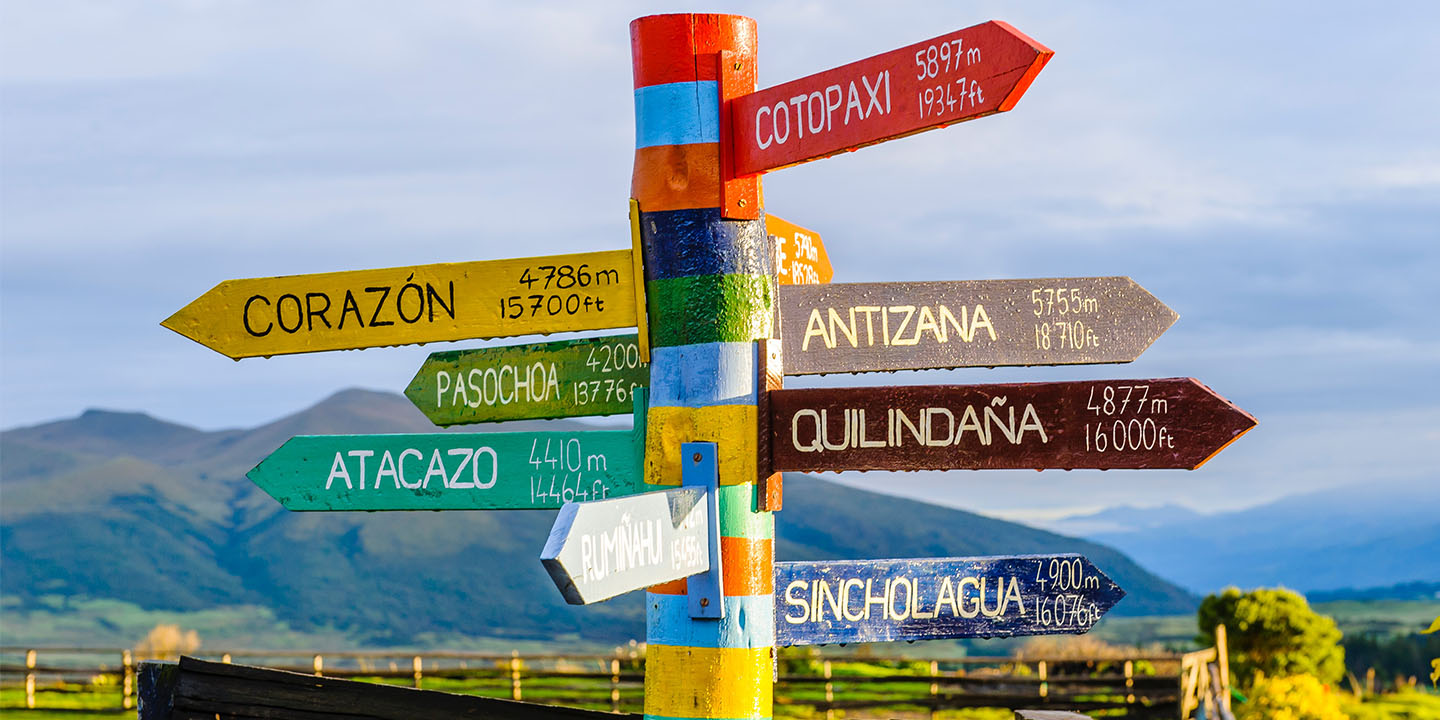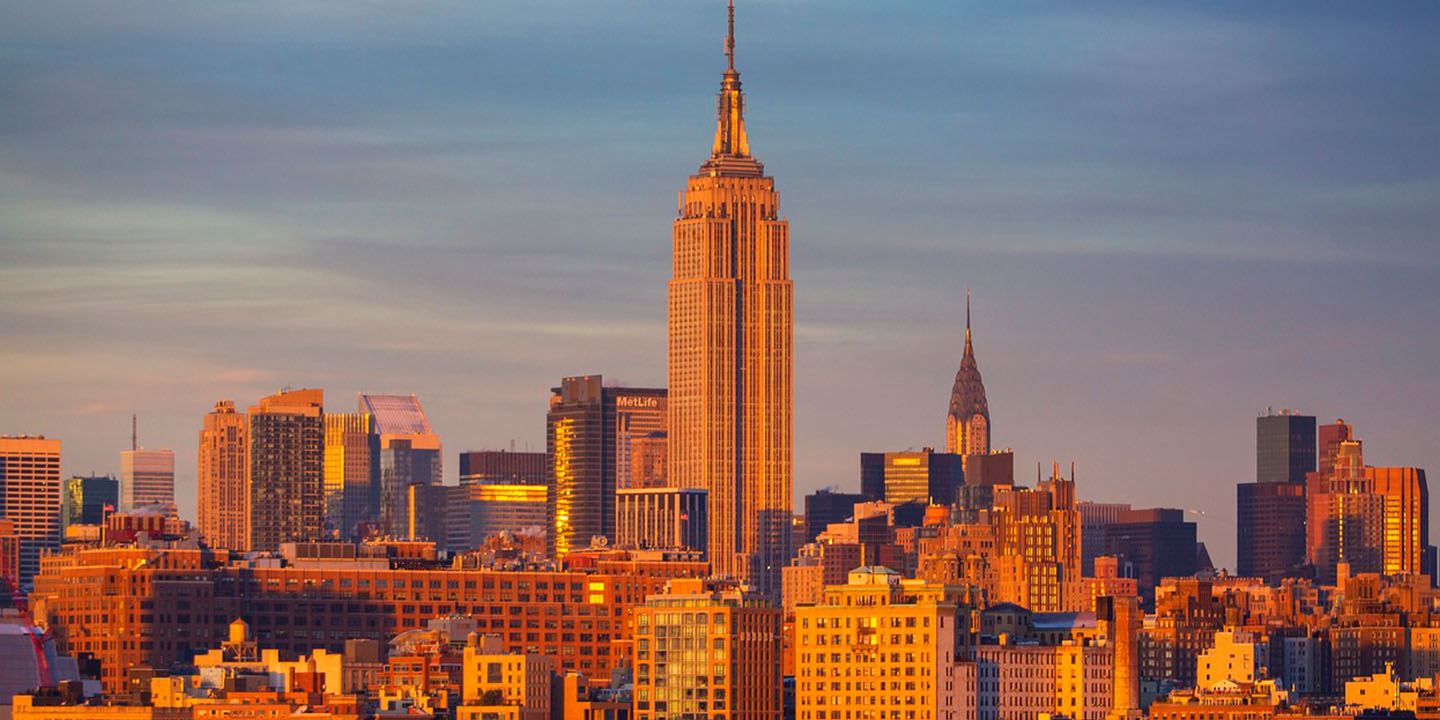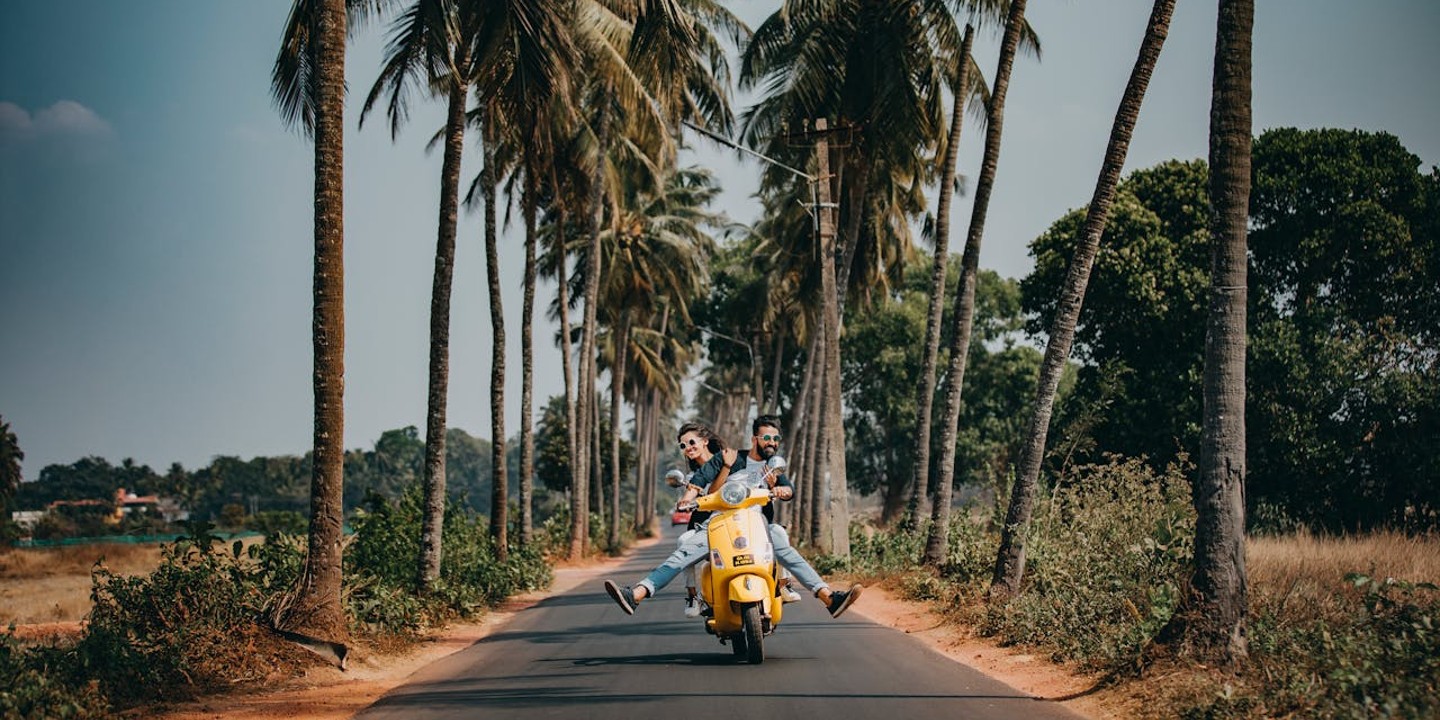Summer Isn’t Always Friendly
Summer has a PR problem. People talk about it like it’s all poolside smoothies and soft sunsets, but in some parts of the world, stepping outside in July feels like a punishment for something you didn’t do. The air? It’s not air. It’s a hot soup with less flavor and more suffering. So, if you’ve ever wondered where summer hits the hardest, check out these 20 countries that experience the hottest summers on Earth.
1. Kuwait
Kuwait’s summers are brutally hot, with Mitribah recording 129.2°F—one of the highest temperatures ever measured. The heat is bone-dry, with clear skies and no rainfall. Asphalt and car interiors also become dangerously hot, forcing residents to avoid midday outings.
2. Iraq
In Iraq, cities like Baghdad turn into sweltering heat islands, where escaping the sun feels almost impossible. Down south in Basra, temperatures have spiked to a scorching 125.6°F, particularly in July. With air conditioners working overtime, power grids often crash under the pressure.
3. Iran
The Lut Desert holds the record for one of the highest surface temperatures ever recorded by satellite, exceeding a blistering 127.4°F. Moreover, in the city of Ahvaz, residents endure regular highs of over 122°F. To cope, traditional Persian windcatchers cleverly funnel cool air through homes.
4. Saudi Arabia
Saudi Arabia’s summers push the limits of human endurance, especially near the Rub’ al Khali. Cities like Riyadh and Mecca face relentless heat waves, with heat indexes climbing even higher. Meanwhile, camels remain a familiar sight in rural regions, as they are essential to both transport and tourism.
5. United Arab Emirates
The United Arab Emirates faces extreme summer temperatures intensified by Gulf humidity, pushing heat indexes to unbearable levels. In Dubai and Abu Dhabi, this mix creates a muggy, stifling atmosphere. As a response, cities counter the heat with reflective glass façades and widespread air-conditioned bus stops.
6. Oman
While the coastal town of Salalah enjoys a cooler monsoon season, the interior of Oman bakes under relentless sun. Prolonged heat waves worsen water scarcity, pressing communities to conserve resources. To escape the worst of it, many families head for the highlands of Jebel Akhdar.
 journaway Rundreisen on Unsplash
journaway Rundreisen on Unsplash
7. Pakistan
Wet-bulb temperatures in Jacobabad routinely approach the upper limits of human tolerance. The lethal mix of heat and humidity pushes conditions beyond safe thresholds, especially in June, when blackouts become routine. Entire regions sometimes suspend school and work during daylight hours.
8. India
Northern India’s pre-monsoon season brings searing heat, with cities like Delhi, Nagpur, and Churu regularly recording temperatures that soar in May and June. Hot, dry loo winds sweep across the Indo-Gangetic plains, intensifying the risk of heatstroke—deaths occur yearly despite expanding awareness efforts.
9. Bangladesh
In Dhaka, stagnant air during hot spells can make the city feel suffocating. Scorching mornings followed by sudden downpours create steam-like street conditions, trapping heat close to the ground. At home, many families rely on traditional cooling tricks—like woven mats soaked in water—to lower indoor temperatures.
10. Sudan
Khartoum endures some of the harshest summer conditions in North Africa. Evenings bring only a faint breeze off the Nile, which is rarely enough to cool things down. Meanwhile, farming communities face a quieter threat, as extreme evaporation rates sap water from the Nile’s banks, putting crops at risk.
11. Chad
Summers in Chad come wrapped in dust and drenched in heat. Visibility drops as storms sweep in, baking everything in their path. Nomadic groups know the drill—pause under Acacia trees when the sun peaks, then move again later. Lastly, clay pots keep water cool when the air doesn’t cooperate.
 Taken by Oliver Wright on Wikimedia
Taken by Oliver Wright on Wikimedia
12. Mali
In Mali’s northern cities like Timbuktu and Gao, the mercury regularly shoots up, and it doesn’t drop much at night. To cope, townspeople often bathe multiple times daily using well water. Here, solar-powered coolers are gaining ground, especially for storing medicine in remote areas where electricity is scarce.
13. Niger
With scarce rainfall, wells run dry fast in Niger. Thick adobe walls and underground shelters become essential, insulating against the punishing heat. Even cooking adapts to the climate, with meals prepped early to avoid adding stove heat to already sweltering afternoons.
14. Burkina Faso
Burkina Faso’s heat waves hit hard enough to shut schools and prompt public alerts. As temperatures climb, community water stations turn into lifelines—offering hydration and a rare moment of relief. In government buildings, cooling often depends on diesel generators, straining both budgets and air quality.
15. Egypt
When summer settles over Egypt, the heat lingers in the very stones. Ancient temples soak in the sun all day, staying warm long after dark. Locals turn to karkadeh and chilled tamarind juice for relief, and the riverfront cafés become the city’s late-night escape.
16. Libya
Libya earned a spot in weather history when Al 'Aziziyah held the world’s highest recorded air temperature for decades. Inland cities still feel the scorch—by afternoon, streets empty as residents retreat indoors. During heat spells, groundwater usage spikes to meet daily needs.
17. Algeria
Sometimes referred to as “the city that never cools down,” Salah lives up to its unofficial title with nights that offer little escape from the day’s heat. Desert sand holds warmth like a furnace, releasing it slowly after sunset. In a few towns, underground homes provide a cooler refuge.
18. Tunisia
Sfax may sit by the sea, but the coastal breeze doesn’t stand a chance when Tunisia falls under a heat dome. Locals retreat indoors while fountains and garden spaces double as public cooling zones. Between noon and late afternoon, life slows to a simmer.
 Sharon Hahn Darlin on Wikimedia
Sharon Hahn Darlin on Wikimedia
19. Mexico
Mexicali and Hermosillo hit over 118.4°F in mid-summer, earning their reputation as two of Mexico’s most blistering cities. Along the border, air conditioning is a survival gear. As the heat rises, desert wildlife like snakes and scorpions emerge from hiding, which makes daylight strolls a gamble.
20. Australia
Across Australia, summer means constant bushfire alerts and UV index levels that regularly hit the “extreme” zone. Locals know the drill: stay indoors from 11 to 4, slap on sunscreen, and don’t mess with the midday sun. Even Christmas doesn’t cool things down, as barbecues sizzle under clear skies.

























